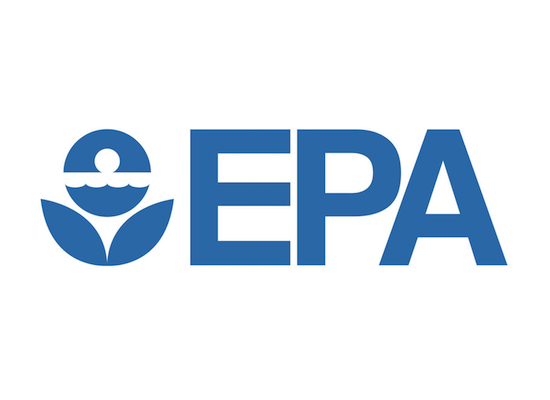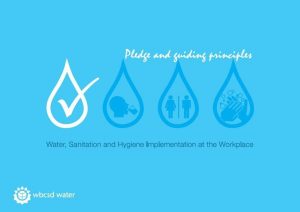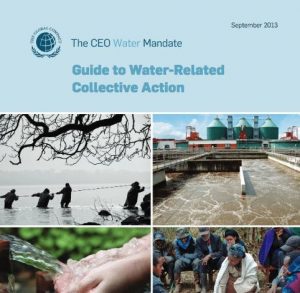Primary Functions
- Access tools needed to effectively engage stakeholder groups and use such groups to communicate with others to restore and protect watersheds
Detailed Description
Stakeholder involvement in watershed issues has gained momentum in recent years because of the nature of water quality problems in our country. Forty years ago, most water quality problems were linked to discharges from factories and wastewater treatment plants. Today, however, about 40 percent of our nation’s waters do not meet their water quality goals because of runoff from streets, farms, mines, yards, parking lots and other nonpoint sources of pollution. Solving these problems requires the commitment and participation of stakeholders throughout our communities.
Stakeholder involvement is more than just holding a public hearing or seeking public comment on a new regulation. Effective stakeholder involvement provides a method for identifying public concerns and values, developing consensus among affected parties, and producing efficient and effective solutions through an open, inclusive process. Managing that process requires some attention to the logistics and synergies of creating and operating a team of diverse people pursuing a common goal.
This guide is intended for federal, state, tribal and local agency personnel, as well as nongovernmental organizations, that are involved in watershed management activities and are building a stakeholder group. The guide can also help private organizations interested in recruiting stakeholders and involving stakeholders in local or regional watershed efforts.
The purpose of this guide is to provide the tools needed to effectively engage stakeholder groups and use such groups to communicate with others to restore and maintain healthy environmental conditions through community support and cooperative action. This stakeholder guide serves as a companion to EPA’s Getting in Step: A Guide for Conducting Watershed Outreach Campaigns which is available at www.epa.gov/nps/toolbox. The outreach guide provides advice on how watershed groups, local governments, and others can maximize the effectiveness of public outreach campaigns to reduce nonpoint source pollution and protect the lakes, rivers, streams, and coasts.





